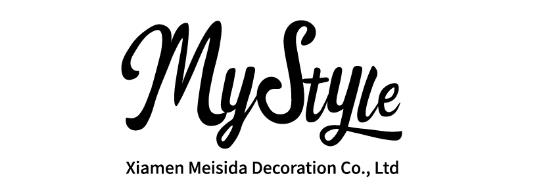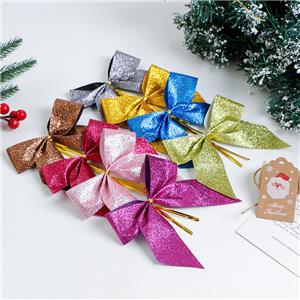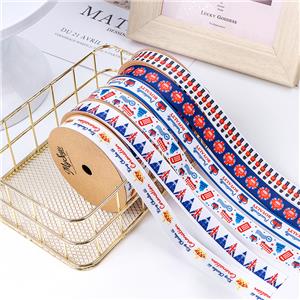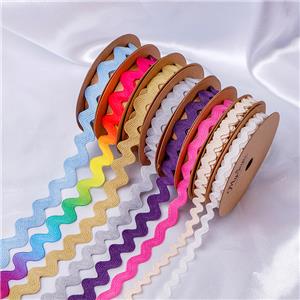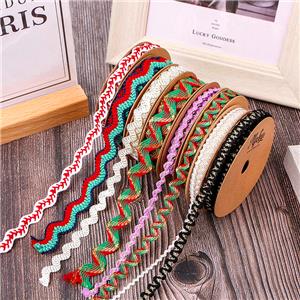Ribbon color fastness
Ribbon color fastness
Xiamen Meisida Decoration Co.,Ltd
Manufactuer of ribbon,printed ribbon & ribbon bow
Ribbon factories in the process of producing ribbons, due to errors caused by various reasons such as raw materials, production processes, operations, etc., ribbons are often different batches, and even the same batch of fabrics may have different colors. The size of the fabric color difference, if the color light source is different, the color environment, the color time is different, the color difference evaluation is also different. Therefore, in order to accurately evaluate the color difference and ensure the consistency of the color matching results, when visually assessing the color, the light source color specified by the customer must be selected in the standard color light box to avoid visually caused by non-standard light sources or different light sources. The difference.

Color fastness is the most important indicator of the quality of the ribbon. The main concern is the abrasion resistance, sweat resistance, water resistance, light resistance, and brush resistance of the color fastness. These items are mainly evaluated based on the use of the product, and tailor-made as required. The problem of the discolored ribbon produced by the ribbon factory can be large or small. If the ribbon used for clothing accessories is discolored during washing, the whole clothes or the clothes washed together will be contaminated. The discolored ribbon can cause severe disgust.
The so-called color fastness refers to the degree to which the color of a dyed textile remains firm under the physical and chemical action, that is, the fastness of the color of the dyed textile to external influences is called the dyeing fastness. The color change of the sample after the test and the rating of the degree of staining of the white cloth indicate the color fastness.
Among the various items of color fastness, currently the most commonly used color fastnesses are rubbing fastness, sweat fastness, wash fastness, light fastness, water immersion fastness, and wash fastness. And weather fastness. In actual life, the items to be evaluated are mainly determined according to the end use of the product. Among them, sweat resistance, dry friction resistance, and water fastness are the items required by the basic safety technical specifications of textiles. All dyed textiles should be evaluated. In addition, for textile products for infants and young children, the color fastness to saliva resistance must be evaluated.
The evaluation of color fastness generally adopts the visual evaluation method, that is, the gray sample card is used as the standard sample, and under certain light and environmental conditions, the gray card and the sample are compared with human eyes to determine the original discoloration of the sample and the staining level of the white cloth. number. Gray cards (discoloration and staining, respectively) are five fastness grades, namely 5, 4, 3, 2, 1.5. The best is 5 and the worst is 1st. In each of the two levels, a half level is added, namely 4 5, 3 4, 2 3, 1, so our daily gray card is 5 grades and 9 grades, and the dyeing fastness evaluation result is one of 9 grades. If the color fastness of a ribbon product does not reach the level specified in the standard, the ribbon product is unacceptable.
- Polypropylene ribbon and bow
- Poly ribbon spool
- Poly ribbon egg
- Poly star bow
- Poly pull bow
- Polypropylene fountain bow
- Ribbon Bow
- Gift Ribbon Bow
- Packaging Ribbon Bow
- Ribbon For Bows
- Garment Ribbon Bow
- Satin Ribbon Bow
- Bottle Ribbon bow
